[技術分享] Optical System Alignment
Compact and portable wavefront measurement tool
The Phasics SID4 wavefront sensors rely on a self-referenced wavefront sensing technology, which makes the measurement not sensitive to environment and vibrations. Also, SID4 wavefront sensors are as compact as a scientific camera and can handle wavefront measurement of collimated converging and diverging beams. This leads to flexibility in terms of integration and measurement configuration. All these advantages make SID4 wavefront sensors a powerful tool to tackle optical system alignment challenges in optics laboratories, production floors, and in the field.
▽ Afocal system alignment setup
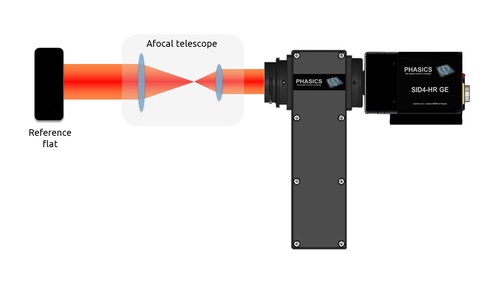
In this figure, the SID4 wavefront sensor is coupled with the R-Cube illumination module. The beam generated by the R-Cube travels through the optical system, reflects on a reference mirror, and is finally measured by the SID4. The test is performed in double pass. The wavefront aberrations measured are twice the aberration of the optical system. Thanks to a live feedback of the wavefront and Zernike polynomials, it is possible to optimize the optical system alignment in order to minimize the wavefront aberrations.
▽ Complex optical system alignment setup
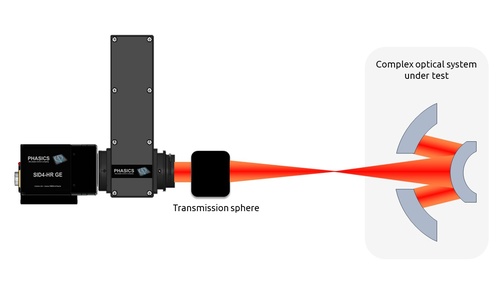
A reference sphere or a microscope objective can easily be placed or screwed onto the exit of the R-Cube module. In this configuration, a point source creates a diverging beam that is injected in the system under test. The live wavefront display allows monitoring and optimizing the optical alignment.
▽Large collimator alignment setup
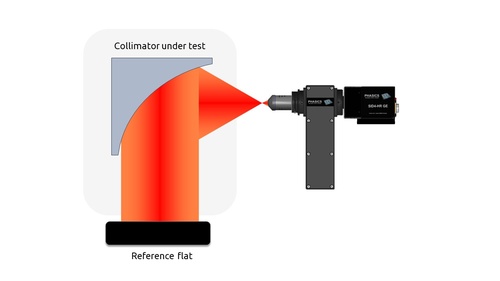
A similar configuration can be implemented to optimize the alignment of large collimators using the SID4 wavefront sensor and R-cube combination in a double-pass setup.
Measurement Outputs
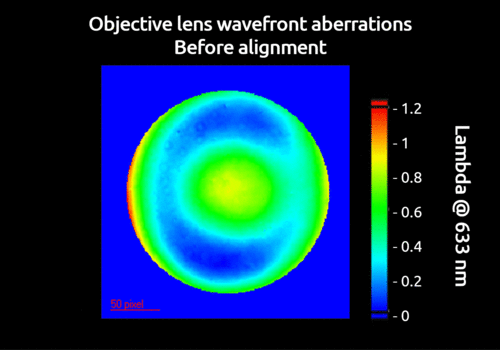
Objective lens alignment
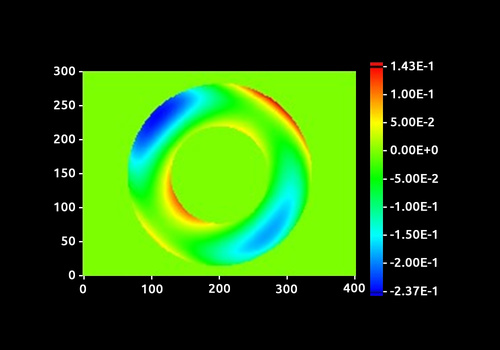
Telescope qualification
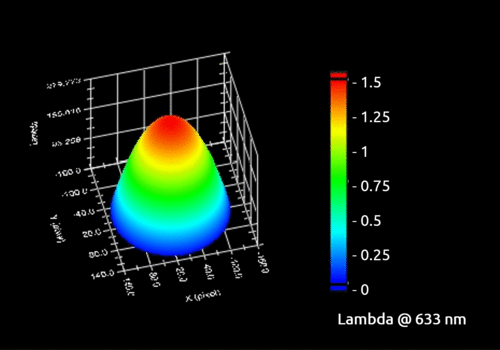
Optical system collimation